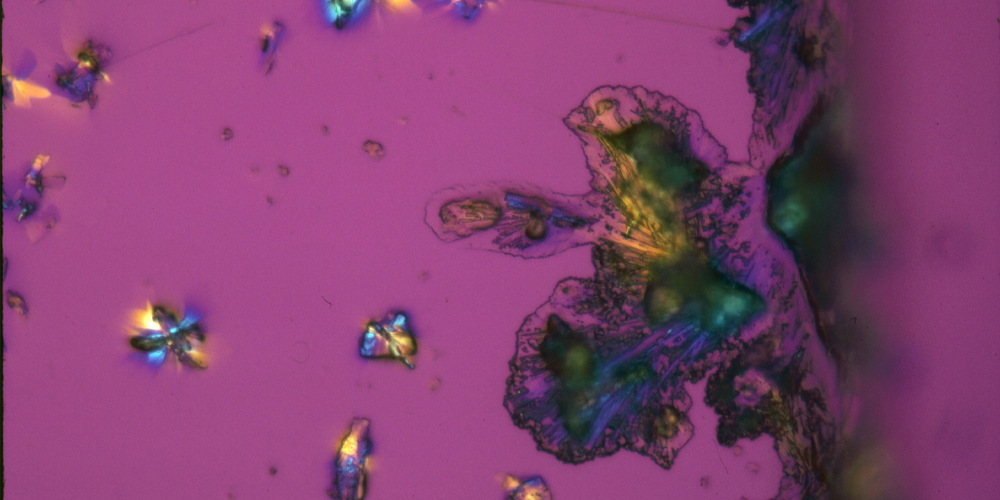[ad_1]
Cis-diamminedichloroplatinum II, generally referred to as cisplatin, is a chemotherapeutic agent used to deal with numerous cancers. However, cisplatin-induced acute kidney harm, or AKI, may result from the uptake, metabolism and accumulation of cisplatin by proximal tubular epithelial cells within the kidney. The accumulation results in apoptosis, vascular harm, necrosis, oxidative and endoplasmic reticulum stress, and irritation.
Larry Ostby/Wikimedia Commons
Cisplatin, a platinum compound used as a chemotherapy drug, can have extreme
unwanted effects.
Leah Siskind on the University of Louisville has been researching mechanisms to guard the kidney from off-target dangerous results of chemotherapeutics resembling cisplatin. Her long-term analysis aim is to increase the life span of sufferers whereas preserving their high quality of life.
“Many people don’t realize that the side effects of chemotherapy are not limited to hair loss, diarrhea and nausea,” Siskind mentioned. “Kidney injury is one of the significant dose-limiting side effects of cisplatin. Therefore, we cannot use cisplatin at the dose we should use it at because it is so bad for the kidney. And even when we use cisplatin at the safe levels, 30% of all patients develop nephrotoxicity.”
Ceramide, sphingosine and sphingosine 1-phosphate, or S1P, are bioactive sphingolipids answerable for numerous types of cell demise and destruction. Ceramidases, or CDases, are enzymes that preserve the dynamic stability in concentrations of ceramide and sphingosine within the cell. Ceramidases cleave the fatty acid from ceramide to provide sphingosine, which ultimately is metabolized to S1P or salvaged to type ceramide once more.
CDases fall into three broad classes — acidic, impartial and alkaline — primarily based on the optimum pH for catalytic exercise. Neutral ceramidases, or nCDases, perform at a impartial pH, convert ceramide to sphingosine, and regulate the fragile stability between cell demise and autophagy.
In a recent article within the Journal of Lipid Research, Siskind and a group of researchers reported that genetically altering mice to take away nCDase protected towards cisplatin-induced AKI by lowering the recruitment of inflammatory cells, apoptosis, endoplasmic reticulum stress and enhance in autophagy.
Nephrotoxic harm from acute tubular necrosis causes AKI. When the nCDase−/− mice have been handled with cisplatin, mRNA ranges in a number of inflammatory cytokines have been diminished and the kidney tissue confirmed much less harm from tubular necrosis, much less lack of brush border and fewer tubular forged formation than in unaltered mice.
In AKI, lack of renal perform is related to elevated blood urea nitrogen and serum creatinine. The ranges of those chemical substances have been diminished considerably in cisplatin-treated nCDase−/− mice in comparison with cisplatin-treated mice with regular nCDase ranges.
Using TUNEL staining, the authors confirmed that cisplatin-treated nCDase−/− mice have been shielded from apoptosis and mobile proliferation in comparison with mice with regular nCDase ranges.
“Neutral ceramidase is a great target because it seems to be very protective for kidneys when inhibited or knocked out,” Siskind mentioned.
Previous research from collaborator Yusuf Hannun’s lab, which elucidated the crystal construction for impartial ceramidase, confirmed that inhibiting nCDase can gradual or cease development of sure cancers, she added.
“The next step is to find a good inhibitor, but it’s been elusive.”
Siskind and her collaborators will proceed their work to establish mechanisms that shield the kidneys from chemotherapeutics and to search out promising inhibitors of nCDase.
[ad_2]
Source by [author_name]

